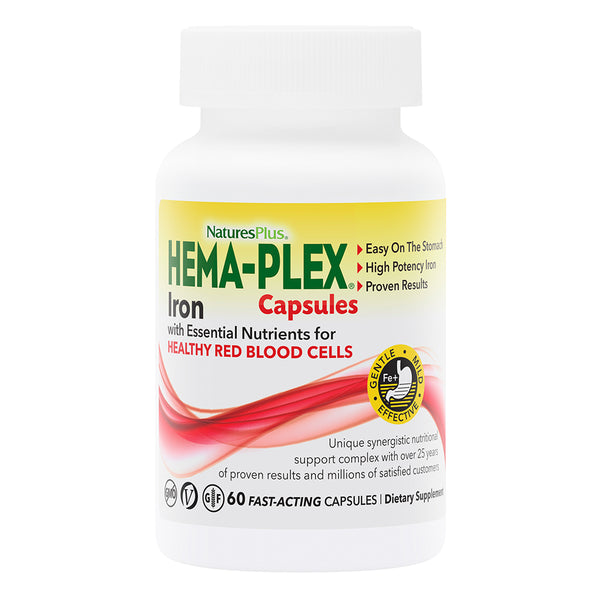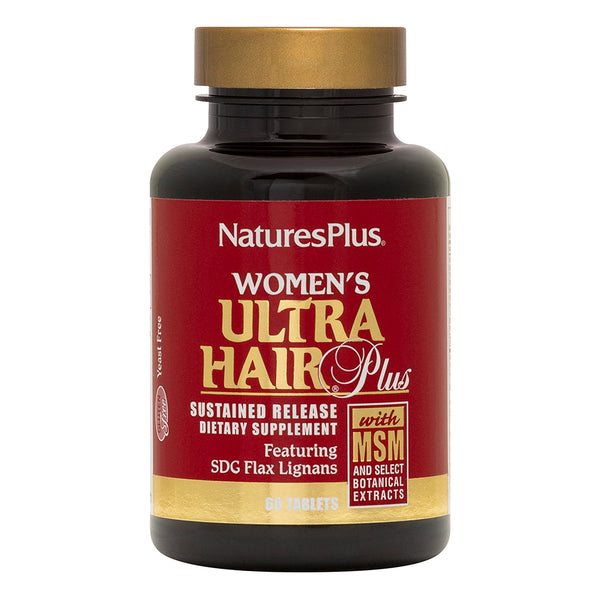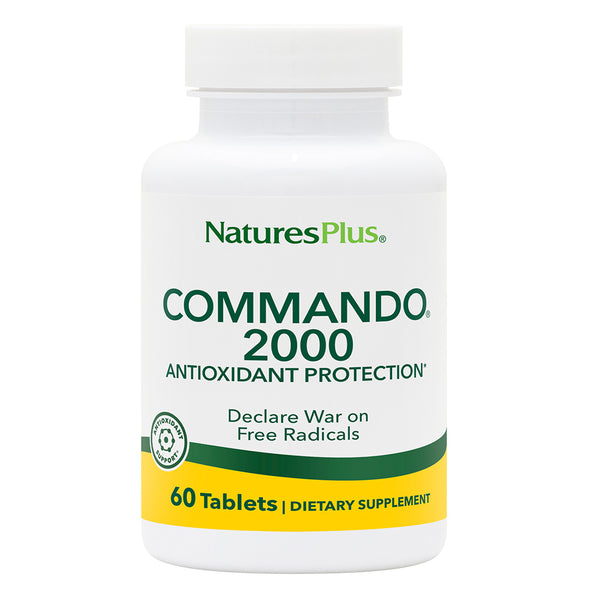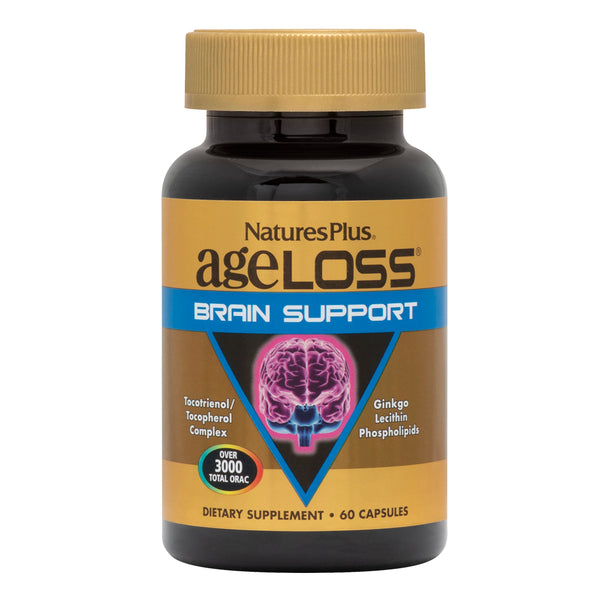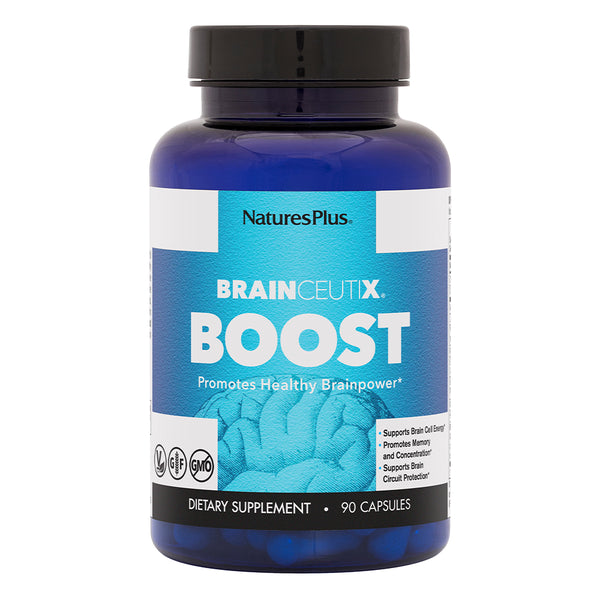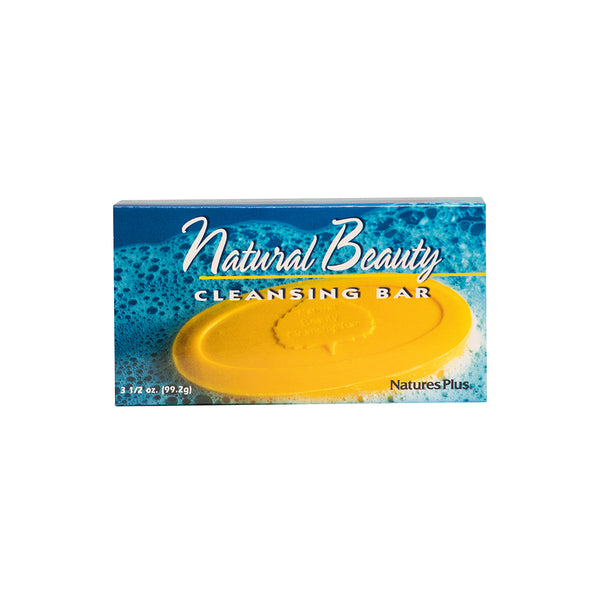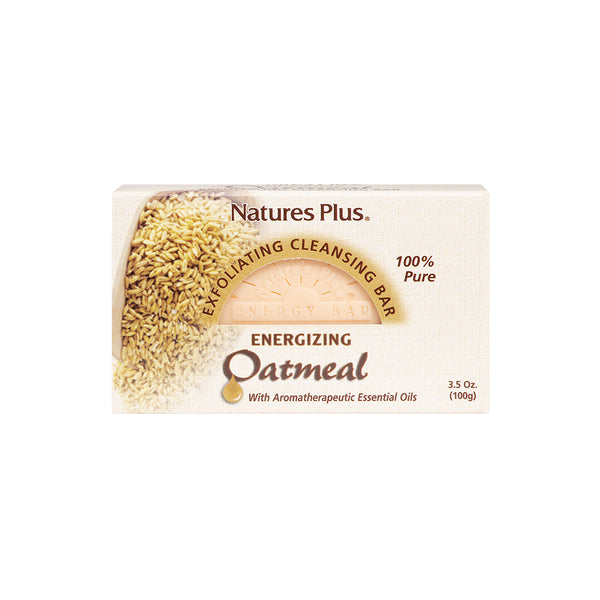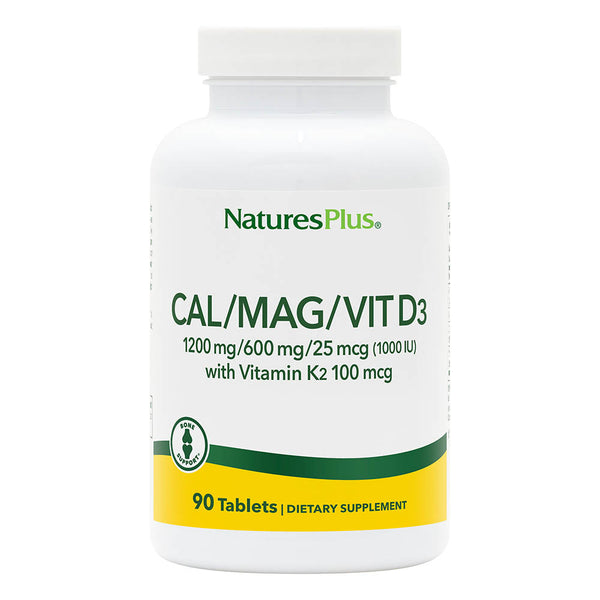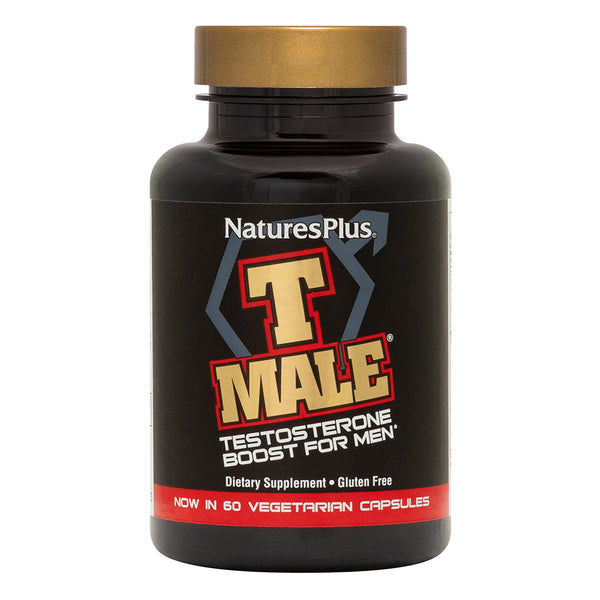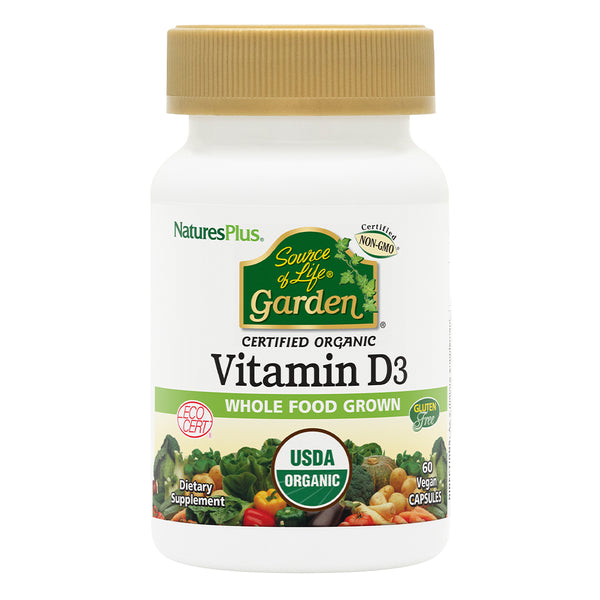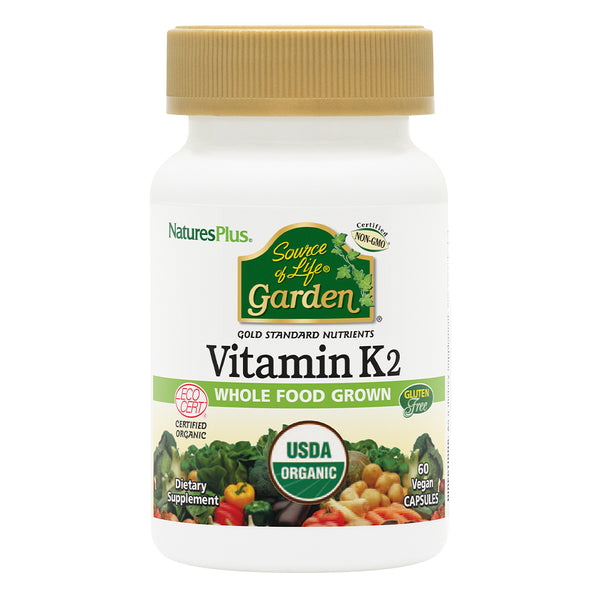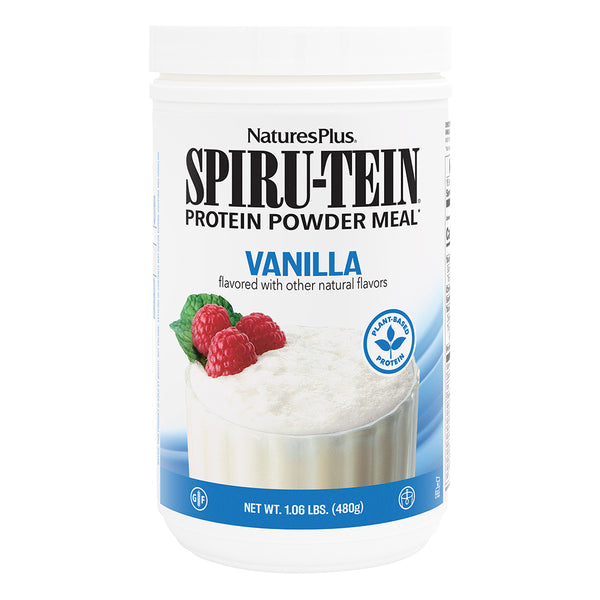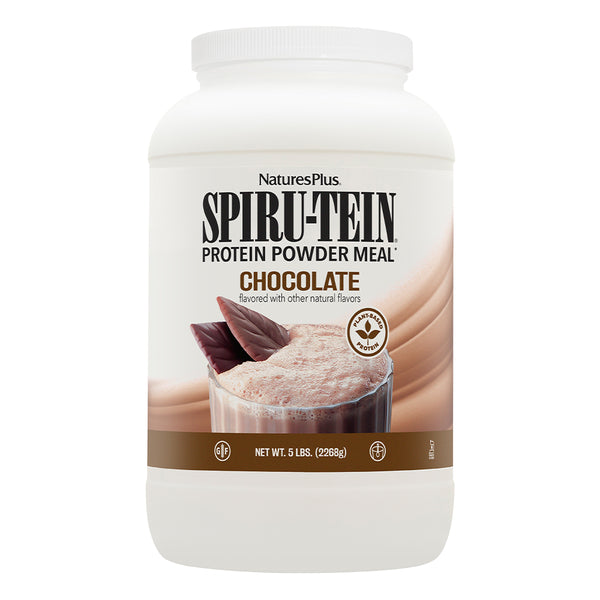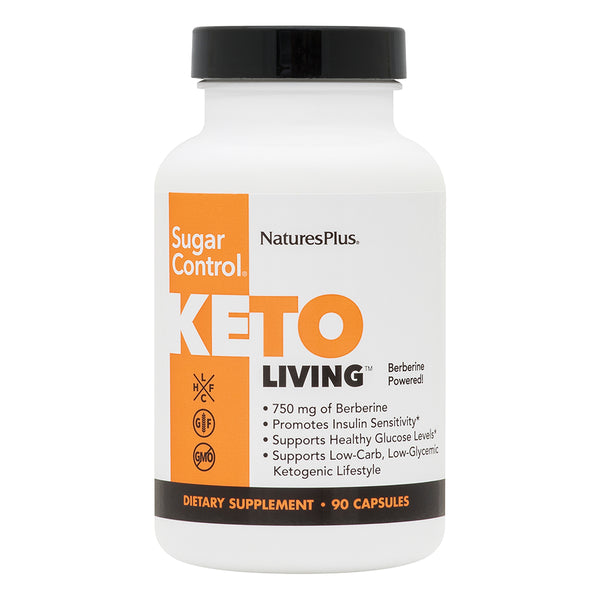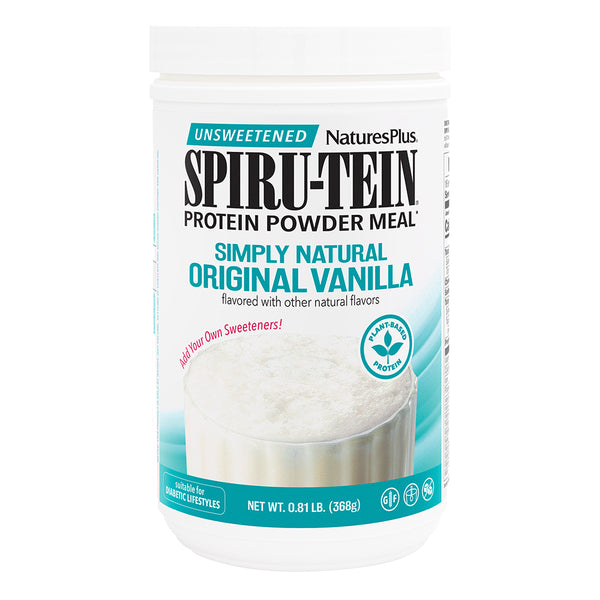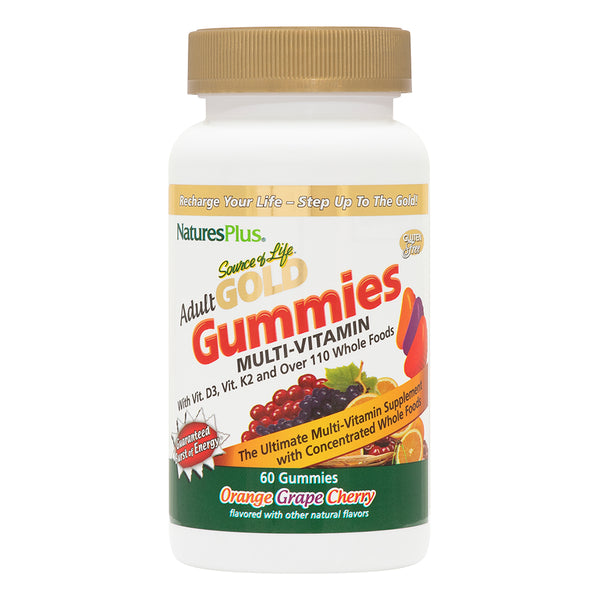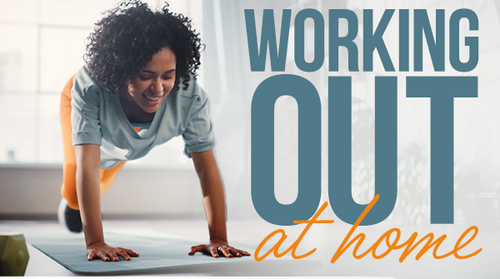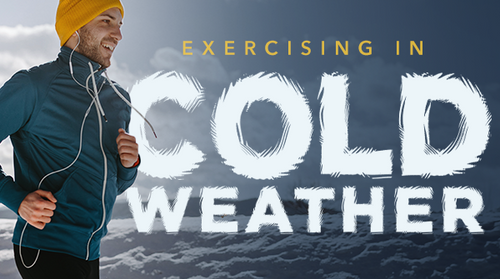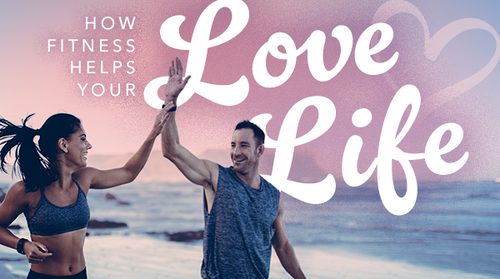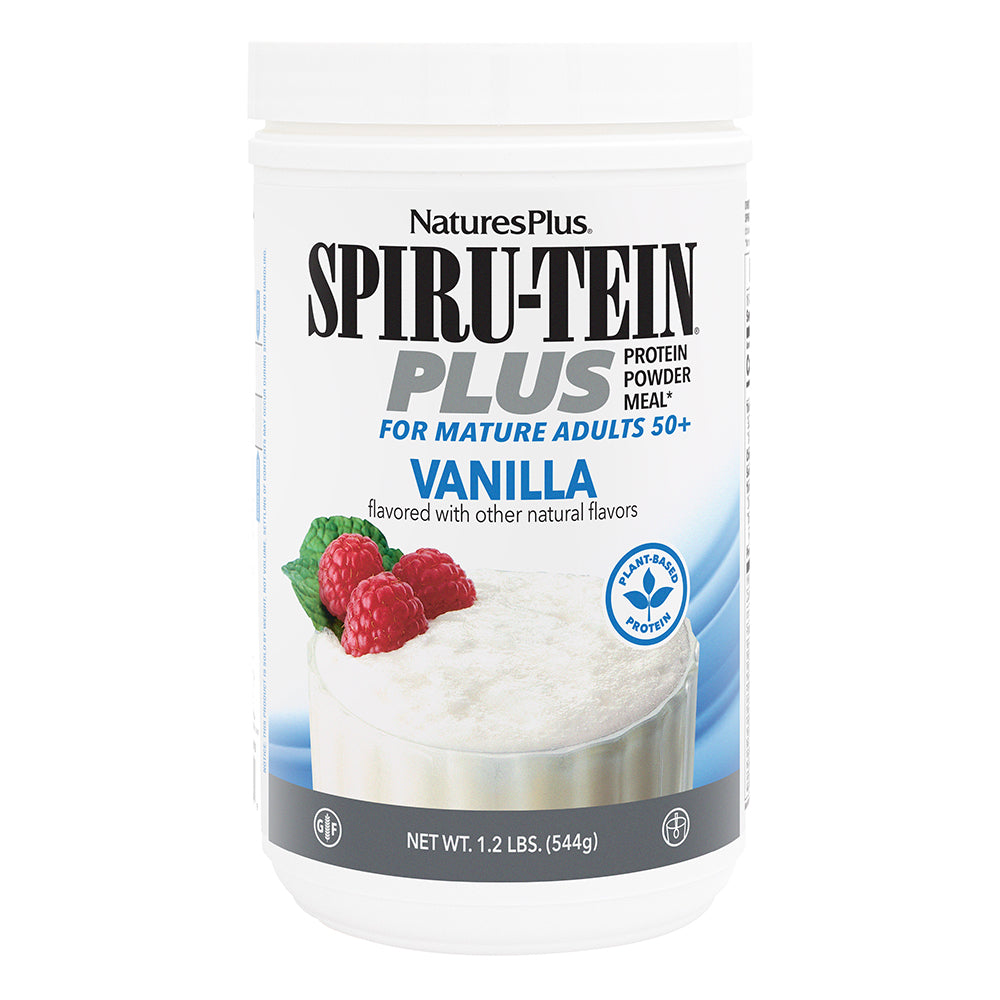As you get older, you may find that your balance isn't quite what it used to be when you were younger.
Fortunately, there are exercises and practices that strengthen the body and improve range of motion can help you maintain better balance in the years to come.
Exercises for Balance
A fitness trainer with special certification in balance and mobility, a physical therapist or an exercise physiologist can help identify each individual's factors contributing to poor balance and provide specific, at-home exercises that can help improve those functions.
Small Exercises Throughout the Day
The best way to build a better sense of balance is by performing small exercises throughout the day.
To build balance, try standing on one foot for 10 seconds at a time while washing your hands, then switch to the other leg. Increase the time as you become more adept.
Falls often occur in the middle of another task, so it's important to practice balance skills while doing something else.
Stork Stands
As balance gradually improves, try “stork stands” by standing on one foot with the other leg pulled up into a triangle. A more difficult exercise, the one-legged squat, can also help boost balance.
Before trying any of these exercises, make sure you are in a safe place where you can prevent yourself from falling, and hold onto something stable if necessary.
Core-Strengthening Exercises
Core-strengthening exercises and those that improve flexibility around the hip abductors also improve posture and stability.
For example, do planks with your body positioned about six inches above the floor, supported by your forearms and toes. By strengthening the core muscles, you can improve your posture and strengthen the body's upright position.
To exercise the hip abductor muscles, try kneeling on the right knee with toes facing down, and left knee bent and over the ankle in a 90-degree position. Place hands on left thigh and press hips forward until there's tension in the front right hip. Hold for 30 seconds and switch legs.
Leg-Strengthening Exercises
Strengthening your legs helps you become stronger, achieve better balance and reduce the risk of falling. Here are some effective ones.
Ankle Circles
Start with ankle circles to warm your lower leg muscles before beginning your workout. This will help you avoid injury and reduce soreness.
Squats
Squats strengthen your glute and thigh muscles while increasing hip and knee flexibility.
If you're new to squats, start with your back against a wall with your feet about 2 feet in front of you. Lower your body until your knees are at 90-degree angles, making sure to keep them from going over your toes.
Alternatively, you can do a squat by placing a chair behind you and lower yourself until you're almost seated before raising yourself back up. This is a good option if you're worried about falling.
You can learn more about squat exercises here.
Leg Raises
Leg raises strengthen your leg muscles and the muscles in your lower back, glutes, and hips.
To get started, hold onto the back of a chair for support and slowly raise your leg to the side, keeping it in a straight line from your hip to your ankle. Work your way up so that you can do 10 repetitions with your toes pointed and 10 with your foot flexed.
With enough practice, you can probably get to the point where you won't need the chair for support.
Strength Training Exercises
Strength training helps you maintain bone health and is a good way to improve your balance and reduce your risk of falling.
Wall Pushups
Face a wall, standing a little more than arm's length away. Slowly lean forward and place your hands against the wall, keeping them shoulder-width apart. Bend your elbows to lower yourself closer to the wall, then straighten your arms and return to your starting position.
Bicep Curls
Stand with your feet hip-width apart, with a dumbbell in each hand. With your palms facing out, curl the dumbbells to your shoulders, keeping your elbows still. Hold for a second or two before lowering the weights back down, keeping a slight bend in your elbows at the bottom. If you don't have dumbbells, water bottles filled with sand will work.
3. Lunges
When performing lunges, keep your upper body straight and shoulders back. Step forward with one leg, bending your knee until it's at a 90-degree angle. Keep your knee directly above your ankle, and don't allow your other knee to touch the floor.
Different Types of Yoga and Their Benefits
Yoga calms the mind and strengthens the body. While doing yoga in classes is beneficial for many people, you can do it almost anywhere, including in the comfort of your own home.
Hatha Yoga
Hatha yoga provides an introduction to basic yoga poses and is perfect for anyone who is just getting started. Hatha yoga is any yoga that teaches correct physical posture.
Vinyasa Yoga
Vinyasa classes have you moving slowly from pose to pose. Most of these classes have a calm atmosphere with quiet music playing in the background.
Restorative Yoga
Restorative yoga uses gentle poses to refresh, relax and restore the body. It's perfect for relieving stress and improving flexibility.
Water Yoga
Water yoga uses the yoga poses normally done on a mat in the water. Many seniors prefer this activity because it's low impact and easy on the joints.
Like this article? You’ll love our weekly newsletter
sign up here!
**These statements have not been evaluated by the Food and Drug Administration. This product is not intended to diagnose, treat, cure or prevent any disease.



